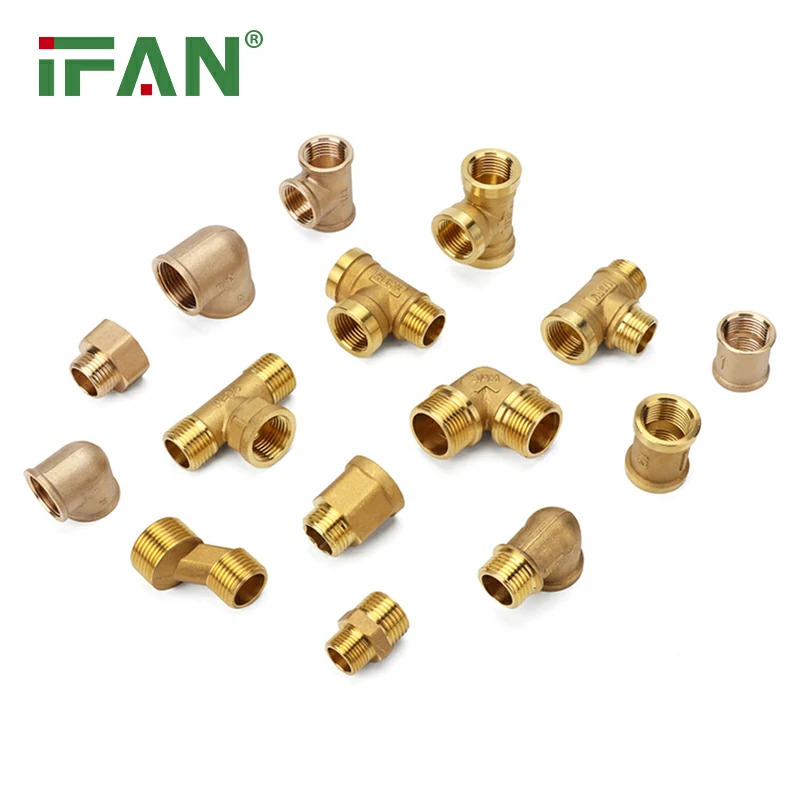In recent years, the plumbing industry has seen its fair share of controversies, particularly regarding the reliability and safety of brass fittings. One significant case that has drawn attention is the Uponor brass fitting class action settlement. This article will explore the details of the settlement, the implications for consumers and the industry, and what it means for the future of brass fittings.

1. Understanding Brass Fittings
1.1. What are Brass Fittings?
Brass fittings are essential components in plumbing systems, used to connect pipes, valves, and other fixtures. Made from an alloy of copper and zinc, they are known for their durability, corrosion resistance, and aesthetic appeal. Common types of brass fittings include elbows, tees, couplings, and adapters.
1.2. Importance of Quality Brass Fittings
The quality of brass fittings is critical for ensuring the safety and efficiency of plumbing systems. Poor-quality fittings can lead to leaks, reduced flow rates, and even catastrophic failures, which can cause significant damage to property and pose health risks.
2. Overview of the Uponor Brass Fitting Class Action
2.1. Background of the Case
The Uponor brass fitting class action lawsuit arose from allegations that certain brass fittings manufactured by Uponor were prone to corrosion and failure, leading to leaks and water damage. Plaintiffs claimed that the fittings did not meet the industry standards for quality and safety, resulting in financial losses for homeowners and contractors.
2.2. Class Action Settlement Details
In response to the allegations, Uponor agreed to a settlement to resolve the claims. The settlement included provisions for affected consumers, such as:
- Financial Compensation: Homeowners and contractors who experienced issues with the fittings may be eligible for compensation for damages incurred.
- Product Replacement: Uponor committed to replacing defective fittings for affected customers, ensuring that they have reliable plumbing solutions.
- Future Improvements: The settlement also included commitments from Uponor to enhance quality control measures and product testing to prevent similar issues in the future.
3. Implications of the Settlement
3.1. Impact on Consumers
The Uponor brass fitting class action settlement has significant implications for consumers:
- Financial Relief: Affected homeowners and contractors can receive compensation, helping them recover losses related to plumbing failures.
- Increased Awareness: The case has raised awareness about the importance of quality in brass fittings, prompting consumers to be more vigilant when selecting plumbing components.
3.2. Impact on the Plumbing Industry
The settlement also has broader implications for the plumbing industry:
- Quality Standards: The case underscores the need for stringent quality standards in manufacturing brass fittings. This may lead to increased scrutiny of manufacturers and their products.
- Consumer Trust: Trust in brands like Uponor may be affected, prompting the company to invest in marketing and quality assurance to regain consumer confidence.
4. The Importance of Quality Brass Fittings
4.1. Risks of Using Inferior Brass Fittings
Using low-quality brass fittings can pose several risks, including:
- Corrosion: Inferior materials may corrode quickly, leading to leaks and potential water damage.
- Reduced Flow Efficiency: Poorly manufactured fittings can create turbulence and pressure loss, affecting the overall efficiency of plumbing systems.
- Increased Maintenance Costs: Frequent failures and repairs can lead to higher maintenance costs for homeowners and contractors.
4.2. How to Choose Quality Brass Fittings
To avoid issues similar to those highlighted in the Uponor class action, consumers should consider the following factors when selecting brass fittings:
- Certification: Look for fittings that meet industry standards and certifications, such as those from the American Society for Testing and Materials (ASTM) or the American National Standards Institute (ANSI).
- Reputation of the Manufacturer: Choose reputable brands known for their quality and reliability in the plumbing industry.
- Warranty and Support: Opt for products that come with a warranty and customer support to address any potential issues.
5. The Future of Brass Fittings
5.1. Innovations in Brass Fittings
The plumbing industry is continuously evolving, with manufacturers investing in research and development to create better, more reliable products. Innovations in brass fittings may include:
- Improved Alloys: Development of new brass alloys that enhance corrosion resistance and durability.
- Smart Fittings: Integration of technology into fittings to monitor water flow and detect leaks in real-time.
5.2. Regulatory Changes
In light of the Uponor class action and similar cases, it is likely that regulatory bodies will impose stricter standards for brass fittings. This could lead to:
- Enhanced Testing Protocols: Manufacturers may be required to conduct more rigorous testing of their products before they reach the market.
- Increased Transparency: Companies may need to provide more information about the materials and manufacturing processes used in their fittings.





